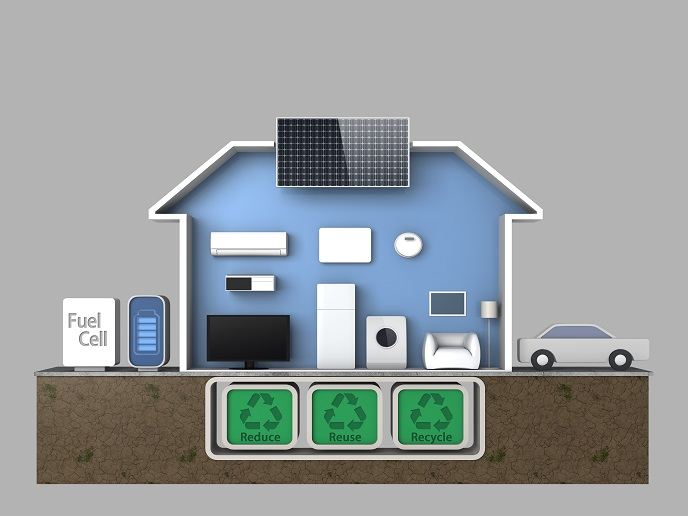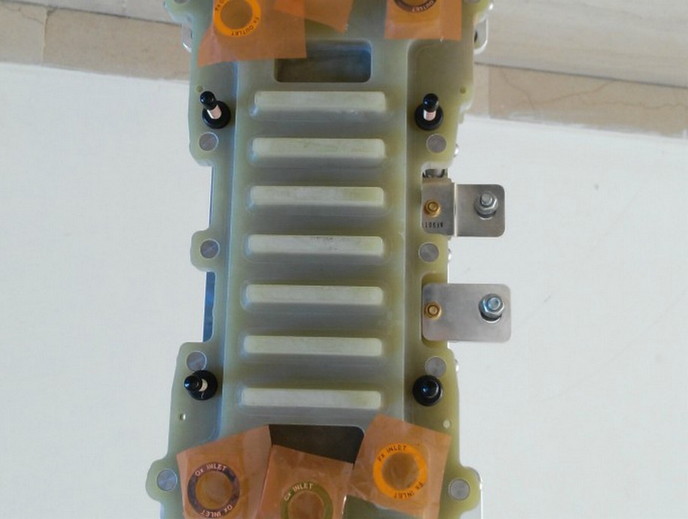Natural chemical energy
Most living things require just three chemicals to produce the energy they need to survive: light, water (H2O) and oxygen (O2). Plants first use photosynthesis to convert carbon dioxide (CO2) and H2O into energy-rich sugars, releasing O2 as a by-product. In a process called respiration, both plants and animals then convert O2 and sugars to water and CO2, releasing energy in the process. Since photosynthesis and respiration produce harmless O2, H2O and CO2 as by-products, these natural processes could be greener alternatives to oil for generating energy. The EU-funded HEME/(CU-FE)-O2-RED (Heme/copper and heme/non-heme diiron model systems for O2 reduction) initiative worked towards generating such a nature-inspired fuel cell. Although scientists have developed photosynthesis-based fuel cells to produce hydrogen (H2) that can be directly combusted, this process is inefficient. HEME/(CU-FE)-O2-RED instead wanted to develop a fuel cell that mimics respiration by using hydrocarbons, hydrogen peroxide (H2O2) and H2 to generate energy more efficiently. To do this, researchers needed to develop a system that uses a key enzyme in cellular respiration. Cytochrome c oxidase is an iron- and copper-containing molecule responsible for converting O2 into H2O in the final step of the energy-generating respiration process. To better understand how cytochrome c oxidase does this, researchers produced similar iron-hydrogen peroxide-copper based systems that mimic the enzyme’s behaviour, and studied their activities. In a major breakthrough, HEME/(CU-FE)-O2-RED converted O2 into H2O by adding weak acids and an iron-containing organic molecule called ferrocene to the complex. Finding a way to reproduce the pathway that occurs in natural cytochrome c oxidase systems is an important step towards generating clean and sustainable energy.







